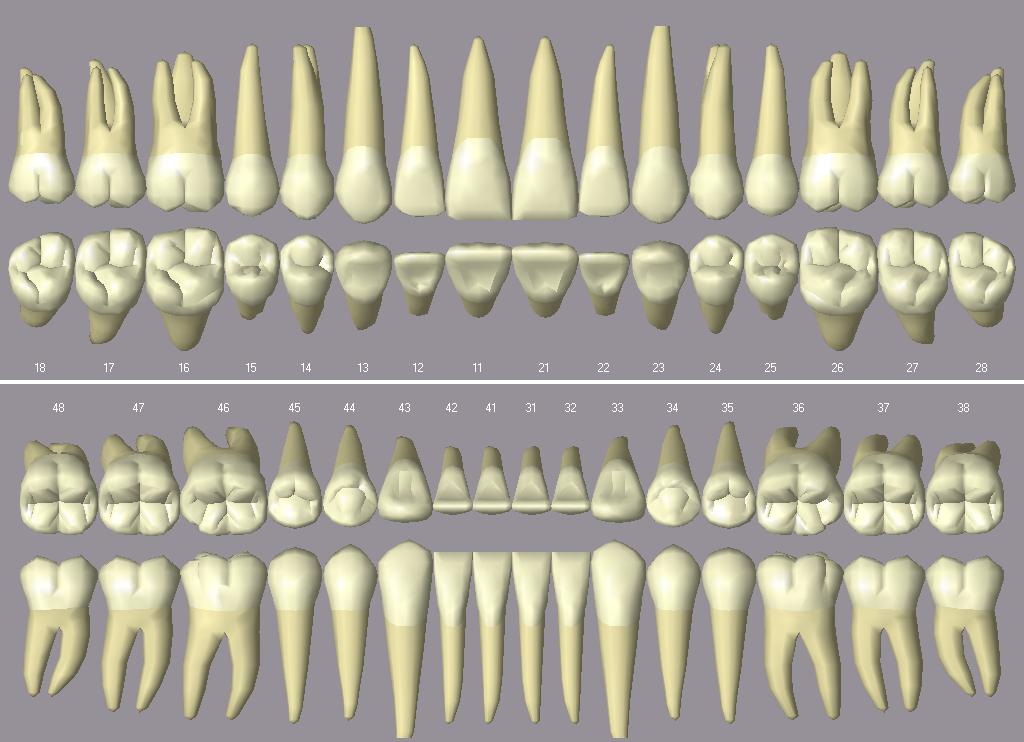A proposal
Gradually, the outlines of a deal emerged. ADP knew it could not purchase the group outright because Virginia law stipulated, as did most jurisdictions, that only a dental professional could own a dental practice. American Dental Partners of Virginia could, however, purchase the physical assets like dental chairs and equipment, and employ all the support staff. As RDA owned its building, ADP would also rent the premises.
Affiliation . It called such an arrangement an affiliation. Its an acquisition, says Serrao, and then we enter into a long-term management agreement So everybody that used to work for them, now works for us. And their corporation has the dentists in it. Since physical assets, once used, had relatively little value, ADP essentially purchased the goodwill of the practices with which it affiliated, and allowed the dentists to realize the equity value they built up in the practice over the years.
During their meetings, ADP got a glimpse of the internal dynamics of the practice. There was dysfunction in the group, notes Serrao. In one unusual exchange, the younger doctors Canal, Messina and Fields pulled me aside to basically tell me, dont trust these guys; we dont trust them. They charge an exorbitant rent. Dont let them do that to you, he recalls. The young dentists were talking about their senior colleagues. Nonetheless, negotiations continued.
The parameters were fairly straightforward. The dentists agreed among themselves that they would continue to divide future earnings according to the percentage each generated. The dentists would retain their Professional Corporation, which would provide professional services to the practice. [10] For its part, ADP would fund future expansion into other parts of Virginia and pay all future expenses. As Mascia recalls:
They felt that we were the most productive group theyd ever seen in terms of per hourly billing and such. Because our location was somewhat of an upper middle class location, they felt that our groups business model and clinical practice model could be easily duplicated regionally. Their goal was to develop our particular organizational structure over several offices within the Washington, DC area. I think they threw around [a suggestion of] about 30 or 40 offices. That was the original strategic plan.
Mascia on the group's business model
By summer 1997, ADP had an idea of the value of the practice. Serrao floated an informal offer to the dentists of $6.1 million. He calculated that ADPs annual share of RDAs profit would come to $1.6 million. The first offer was about four times thatan approach ADP had used for previous purchases.
Dodrill let Serrao know that the number was insufficient. But it was certainly enough for them to be willing to receive a [formal] proposal, recalls Serrao. So on September 17, 1997, ADP brought an offer to the table. Serrao met with all the partners at Kirkpatricks house. The offer was $8.1 million in cash. That included $4 million for the goodwill which the dentists calculated the group had generated. As for governance, ADP suggested a board of three representatives from ADP and three from Reston Dental. Although ADP would own, if the deal went through, what amounted to a de facto majority stake in the operating business, Serrao believed that a 3-3 split would facilitate cooperation between the parties. Issues would be decided by majority vote.
[10] For a summary of the proposal, see Appendix 1.
